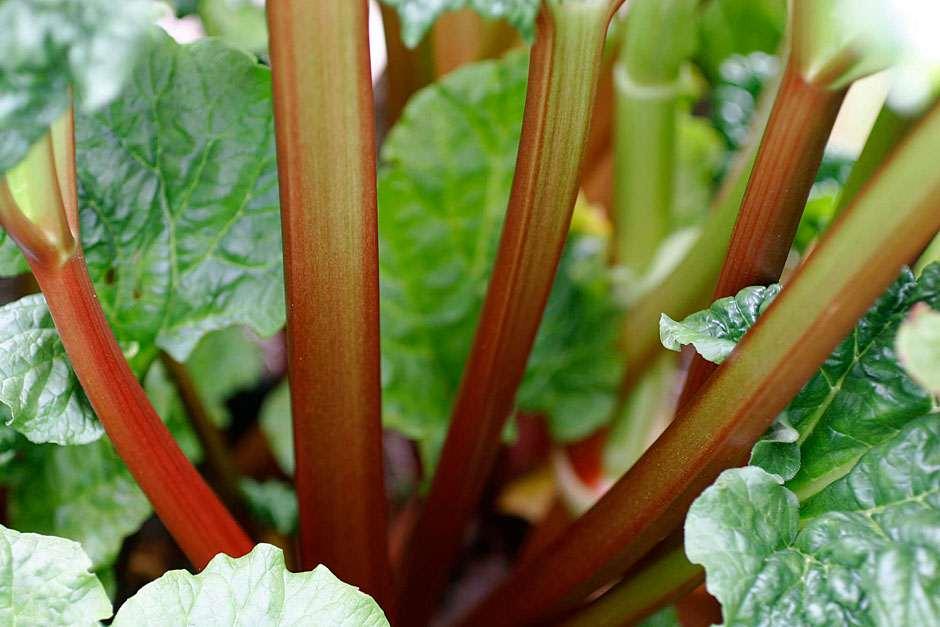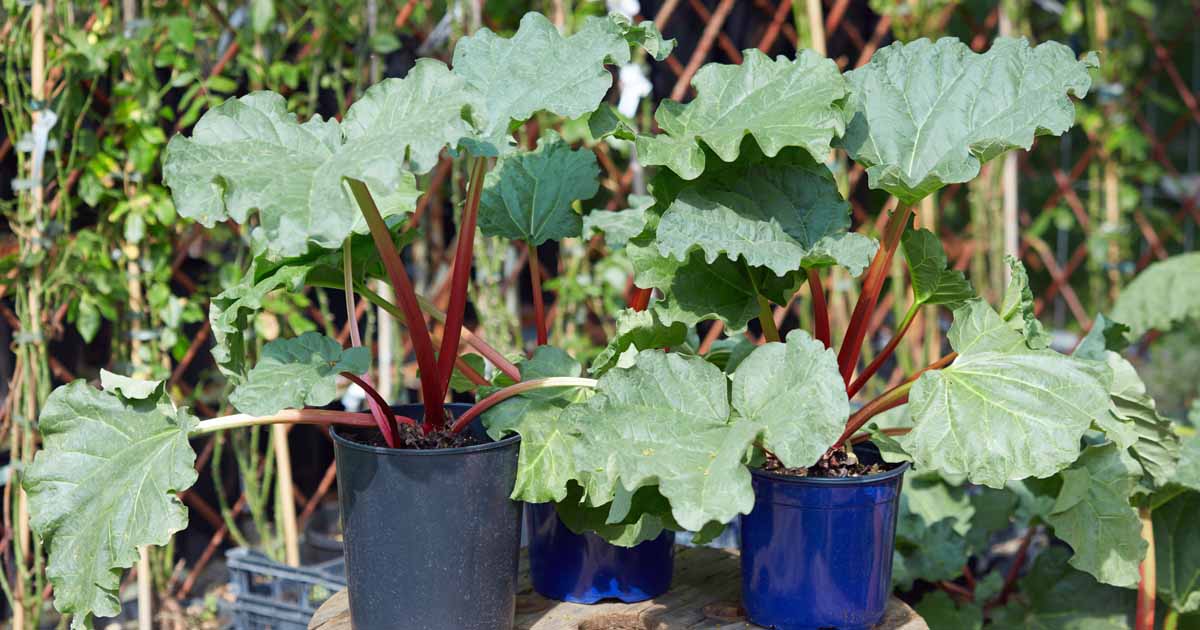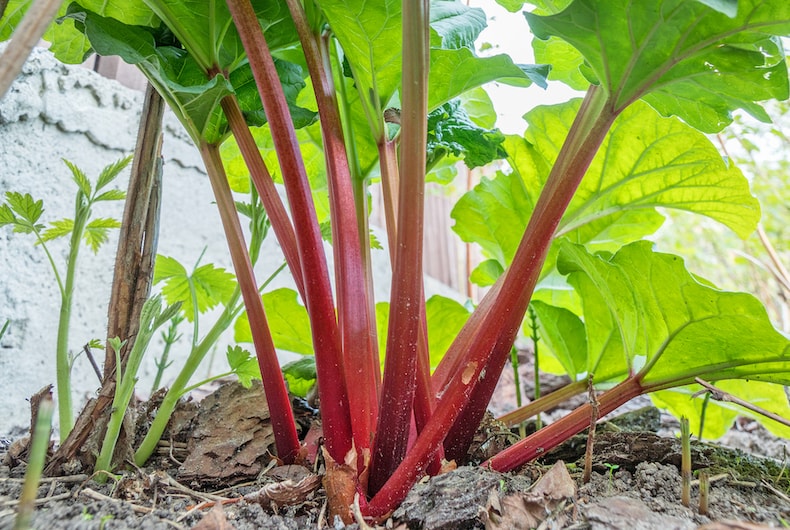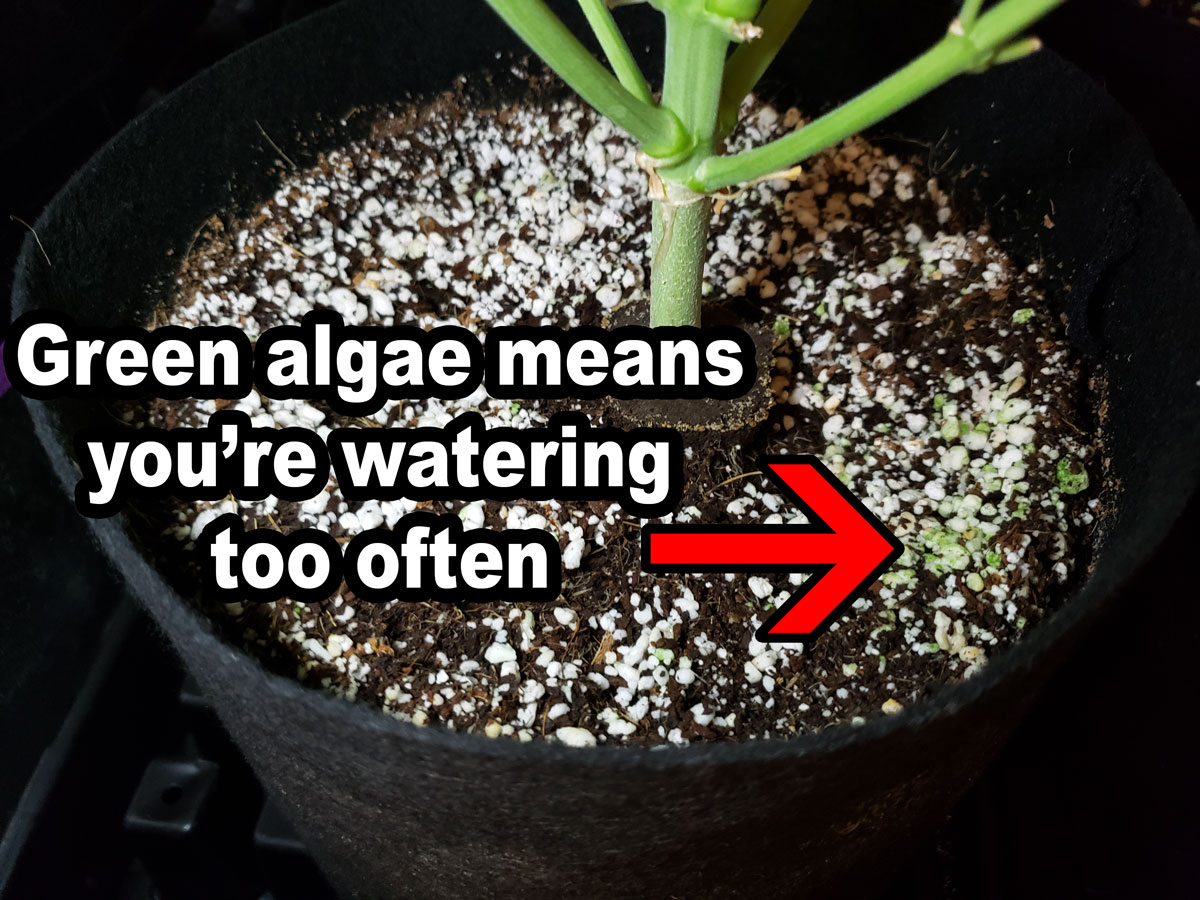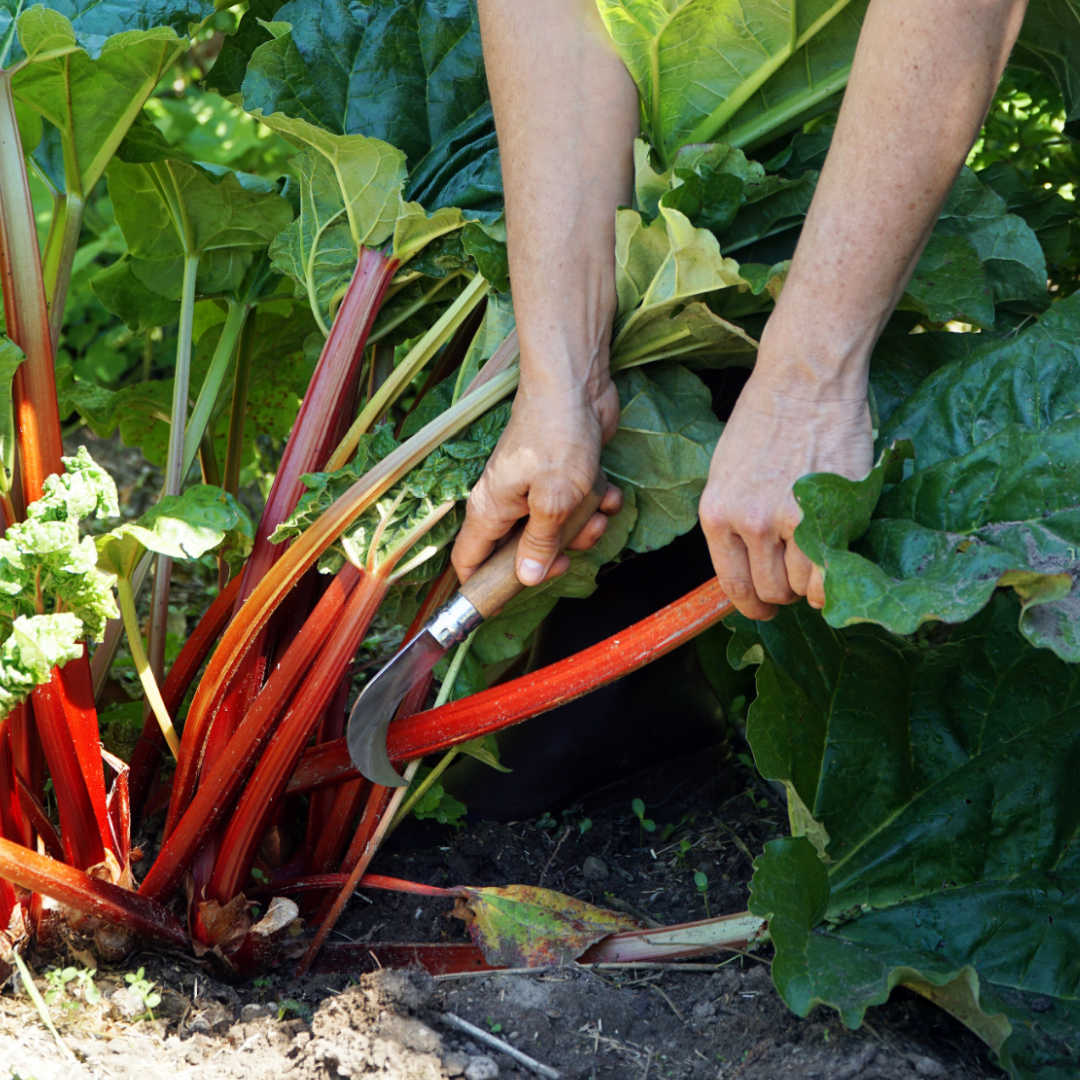Understanding Rhubarb’s Unique Needs
Rhubarb, a perennial vegetable, requires a specific set of conditions to thrive. Providing the right environment is crucial for optimal growth and productivity. Climate, soil, and light are three essential factors that significantly impact rhubarb’s development. When selecting the best place to grow rhubarb, it’s essential to consider these factors to ensure a healthy and bountiful harvest. Rhubarb grows best in areas with cool, moist summers and cold winters, making certain regions ideal for cultivation. By understanding and catering to these unique needs, growers can create an optimal environment for their rhubarb plants to flourish.
How to Choose the Perfect Location for Your Rhubarb Patch
Selecting the ideal spot for growing rhubarb is crucial for a thriving harvest. When searching for the best place to grow rhubarb, consider the amount of sunlight the area receives. Rhubarb requires at least six hours of direct sunlight per day to promote healthy growth and development. Soil quality is also a vital factor, as rhubarb prefers well-draining, fertile soil with a pH between 6.0 and 6.8. Proximity to water sources is another important consideration, as consistent moisture is essential for rhubarb’s growth. Avoid areas with standing water or where water tends to collect, as this can lead to root rot and other problems. By carefully evaluating these factors, growers can choose the perfect location for their rhubarb patch and set themselves up for success.
The Role of Climate in Rhubarb Cultivation
Climate plays a significant role in rhubarb growth, and understanding its impact is crucial for selecting the best place to grow rhubarb. Rhubarb thrives in cool, moist climates with moderate temperatures. The ideal temperature range for rhubarb growth is between 40°F and 75°F (4°C and 24°C), with average humidity levels around 60%. Rhubarb is also relatively frost-tolerant, but prolonged exposure to extreme cold can damage the plant. When growing rhubarb in different climate zones, it’s essential to adapt to the local conditions. For example, in warmer climates, rhubarb may require more frequent watering and shading to prevent scorching. In cooler climates, rhubarb may benefit from additional mulching to retain heat and protect the roots. By understanding the role of climate in rhubarb cultivation, growers can take steps to create an optimal environment for their plants, regardless of their location.
Soil Secrets: Preparing the Perfect Bed for Your Rhubarb
Soil quality is a critical factor in rhubarb growth, and preparing the perfect bed is essential for a thriving harvest. Rhubarb prefers well-draining, fertile soil with a pH range between 6.0 and 6.8. A slightly acidic to neutral soil pH allows rhubarb to absorb essential nutrients, promoting healthy growth and development. When preparing the soil, incorporate organic matter such as compost or well-rotted manure to improve soil structure and fertility. This will help retain moisture, suppress weeds, and regulate soil temperature. Additionally, ensure good drainage by adding perlite or vermiculite to the soil mix, as rhubarb is susceptible to root rot in waterlogged conditions. By creating a rhubarb-friendly soil bed, growers can provide their plants with the ideal environment for optimal growth and productivity, making it the best place to grow rhubarb.
Watering Wisdom: Avoiding Overwatering and Underwatering
Consistent moisture is crucial for rhubarb growth, but it’s equally important to avoid overwatering and underwatering. Rhubarb prefers well-draining soil and consistent moisture, especially during the first year after planting. Water your rhubarb plants deeply once or twice a week, depending on weather conditions. Avoid getting water on the leaves or crown to prevent rot and other diseases. Check the soil regularly by inserting your finger into the soil up to the knuckle. If the soil feels dry, it’s time to water. On the other hand, if the soil is waterlogged, it can lead to root rot and other problems. Detecting signs of underwatering, such as wilted leaves or slow growth, can help you adjust your watering schedule accordingly. By maintaining the right balance of moisture, you can create the best place to grow rhubarb and enjoy a healthy and productive harvest.
Rhubarb-Friendly Regions: Top Picks for Growing Success
When it comes to growing rhubarb, certain regions offer ideal conditions for optimal growth and productivity. The Pacific Northwest, Northeast United States, and parts of Europe are considered the best place to grow rhubarb, thanks to their cool, moist climates and rich soil. In these regions, rhubarb plants thrive in the mild winters and cool summers, producing robust stalks and flavorful leaves. The Pacific Northwest, in particular, offers a unique combination of mild temperatures, ample rainfall, and long growing seasons, making it an ideal location for rhubarb cultivation. Similarly, the Northeast United States provides a suitable climate for rhubarb growth, with cold winters and cool summers that promote healthy plant development. In Europe, countries such as the UK, Germany, and Poland offer favorable conditions for growing rhubarb, with their cool, temperate climates and rich soil. By growing rhubarb in these regions, gardeners can take advantage of the ideal conditions and enjoy a bountiful harvest.
Common Mistakes to Avoid When Growing Rhubarb
While growing rhubarb can be a rewarding experience, it’s not without its challenges. Avoiding common mistakes can make all the difference in achieving a thriving harvest. One of the most critical mistakes to avoid is over-fertilizing, which can lead to weak and leggy stalks. Instead, opt for a balanced fertilizer applied at the recommended rate. Inadequate spacing is another common error, as rhubarb plants require sufficient room to grow and breathe. Make sure to plant them at least 3-4 feet apart to promote healthy growth. Neglecting pest control is also a common mistake, as pests like slugs and snails can quickly decimate a rhubarb crop. Use organic pest control methods like copper tape or crushed eggshells to deter these pests. Additionally, failing to divide and replant rhubarb every 5-7 years can lead to declining yields and plant health. By avoiding these common mistakes, gardeners can create the best place to grow rhubarb and enjoy a bountiful harvest for years to come.
Maximizing Your Harvest: Tips for a Bountiful Rhubarb Crop
To encourage a healthy and productive rhubarb harvest, it’s essential to provide the right conditions for growth. One of the most critical factors is promoting stalk growth, which can be achieved by ensuring the soil is rich in nutrients and maintaining consistent moisture levels. Timing harvests is also crucial, as rhubarb is typically ready to harvest in early spring when the stalks are tender and flavorful. Avoid harvesting too much of the plant, as this can weaken the roots and reduce future yields. Instead, harvest only what’s needed, and consider storing rhubarb for later use by freezing or canning. Additionally, consider dividing and replanting rhubarb every 5-7 years to maintain plant health and promote continued productivity. By following these tips, gardeners can create the best place to grow rhubarb and enjoy a bountiful harvest for years to come. Furthermore, incorporating companion planting techniques, such as planting rhubarb alongside strawberries or blueberries, can also enhance growth and productivity. With proper care and attention, rhubarb can thrive and provide a delicious and nutritious harvest for years to come.


